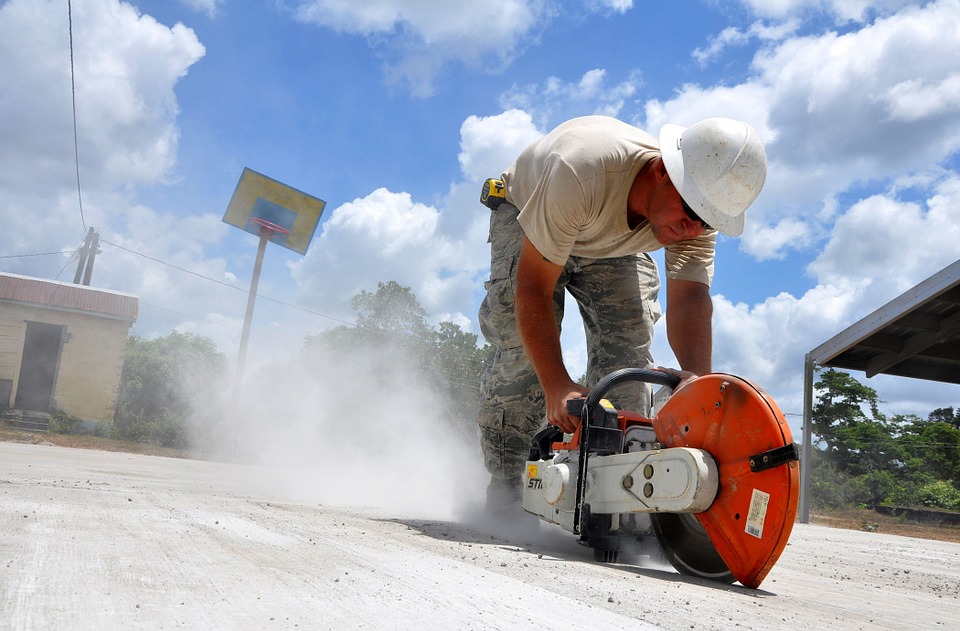New OSHA Ruling Clears the Air for U.S. Workers
For the first time since 1971, the U.S. Department of Labor’s Occupational Safety and Health Administration (OSHA) has updated silica exposure regulations in an effort to protect workers from harmful crystalline silica dust exposure that can lead to incurable and sometimes fatal diseases like chronic obstructive pulmonary disease, silicosis, kidney disease and lung cancer.
Workers who operate with construction materials, concrete and stone products, structural clay and pottery products, glass manufacturing, abrasive blasting, furnace installation and repair, railroad transportation, oil and gas, jewelry and refractory products, paintings and coatings can be exposed to small silica dust and “respirable” particles that can penetrate deep into workers’ lungs through inhalation.
Approximately 2.3 million people in the U.S. are exposed to silica at work.
The new regulation will improve working conditions by:
- Reducing the permissible exposure limit for crystalline silica to 50 micrograms per cubic meter of air, averaged over an eight-hour shift.
- Requiring employers to use engineering controls (such as water or ventilation) and work practices to limit worker exposure; provide respiratory protection when controls are not able to limit exposures to the permissible level; limit access to high exposure areas; train workers; and provide medical exams to highly exposed workers.
- Providing greater certainty and ease of compliance to construction employers – including many small employers – by including a table of specified controls they can follow to be in compliance, without having to monitor exposures.
- Staggering compliance dates to ensure employers have sufficient time to meet the requirements, e.g., extra time for the hydraulic fracturing (fracking) industry to install new engineering controls and for all general industry employers to offer medical surveillance to employees exposed between the PEL and 50 micrograms per cubic meter and the action level of 25 micrograms per cubic meter.
“The previous exposure limits were outdated and did not adequately protect workers,” said Assistant Secretary of Labor for Occupational Safety and Health Dr. David Michaels. “Limiting exposure to silica dust is essential. Every year, many exposed workers not only lose their ability to work, but also to breathe. Today, we are taking action to bring worker protections into the 21st century in ways that are feasible and economical for employers to implement.”
The final ruling will take effect on June 23, 2016 with a phased requirement for Construction, Hydraulic Fracturing, General and Maritime industries to comply. The Construction industry will have until June 23, 2017 to comply.
What are your thoughts? How will the new silica exposure regulations affect the operations of your business? Read the full press release provided by the U.S. Department of Labor.
Stock Environmental is an environmental consulting firm servicing all of New Jersey and New York. If you have questions, or would like to schedule an inspection, give us a call at 732-383-5190 or e-mail info@stockenvironmental.com.




